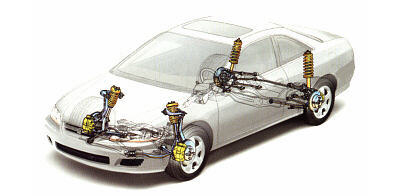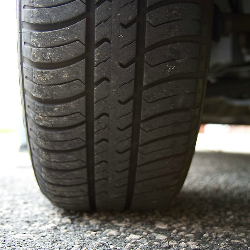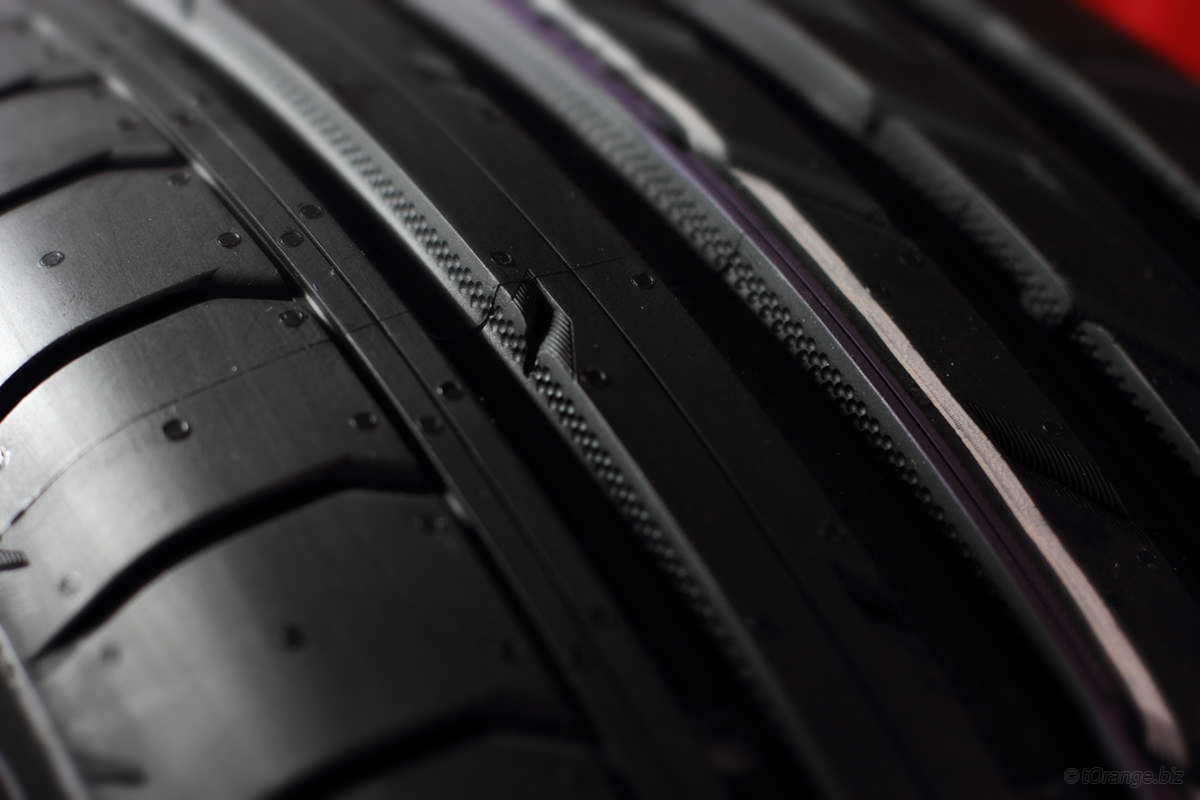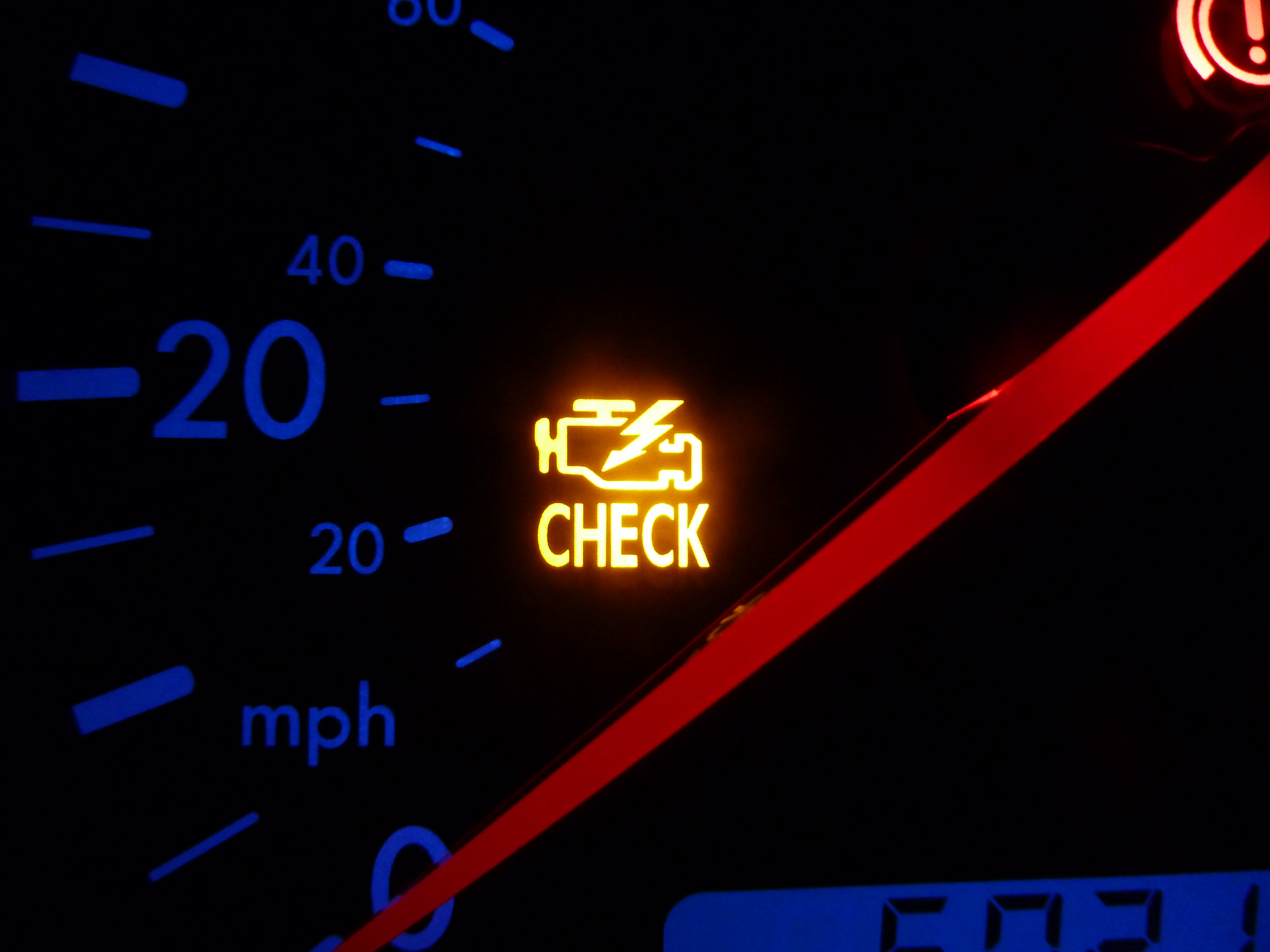Posted on 6/6/2017

Steering and SuspensionWhen Does Your Car's Suspension Need Repair? (Part 1) Your car's suspension system consists of the tires, shock absorbers, springs, and linkages that connect a car to its wheels, allowing relative movement between the two. An ideal suspension system should be able to support handling and riding quality of the vehicles. The suspensions are designed to keep the car wheel in contact with the road surface as much as possible. In essence, the primary purpose is to protect the car and any cargo from wear and damage. The importance of a properly functioning suspension system You may not understand much about the importance of your car's suspension system apart from allowing you to have a smooth ride, but there is a lot that happens to help you keep your car in control and your passengers safe. As we mentioned earlier, your car suspension system is made of various components that all wor ... read more
Posted on 5/23/2017

It's way too easy to just forget about your tires and take them for granted...right up to the point where something goes wrong. It's important to keep up on their condition, though, and know what to look for! Here's a quick rundown of the best ways to inspect your tires: Regularly get a close look at the sidewalls and check for bulges, cracking (some cracking due to age is normal), gouges and scrapes. The sidewalls are pretty tough and can withstand curb scrapes, but use your own judgment as to what constitutes more serious damage. You'll know. Get a close look at the tread surface and run your hand over it to feel for irregularities. A “feathered” or “sawtooth” feel to the tread face can be an indicator of suspension problems, as is a “cupped” profile. Look at the entire tread face and check for uneven wear on the inside or outside edge – this is a sure sign of alignment problems. If your tires are beginning to wear significantly, be wary of ... read more
Posted on 4/21/2017

Your vehicle's engine relies on three things to be able to run – air, fuel, and spark. The air that enters the engine's fuel system has to be clean and free of tiny particulates like grit, dust, pollen and sand. Were these particles to enter the engine, they would soon cause wear and damage. Prior to the 1960s, engines used an oil bath filter where air would enter the system and be directed across a sump of oil; hopefully, particles would be trapped in the surface of the oil. Oil bath air filters were messy and inefficient and were replaced by a paper element filter in the early 60s. Paper air filters draw air past a pleated paper element, not unlike the intake filter in your home's A/C system. So how often does the filter need to be changed? That depends on how you drive, and where you're driving. If most of your driving is in the city, your air filter can easily last 20,000 miles between changes. If you regularly drive on gravel or caliche roads, you can figure on that interva ... read more
Posted on 2/11/2017

We've heard this one before, and it's not an easy question. First off, you'll need to ask yourself what you intend to do with that SUV. Will it stay on the pavement, or will it go off road? Will it haul groceries, or will it tow a boat? What are you driving...a little Honda crossover, or a hulking Suburban or Expedition? These are all factors that will figure into your buying decision. Here are some general rules, though: --Spend more and get more. Considering the weight of many SUVs, it just doesn't make sense to skimp on tires. A good set of all-season light truck tires for an SUV can go for 70,000 miles or more, but just be prepared to lay down some real money for them and pay a premium price for premium tires. --Stick with the OEM tire sizes. Changing tire sizes and going to a bigger tire often ends up being a pain in the neck for various reasons. Bigger tires can throw off speedometer readings, cause your computer to alter the transmission's shift point, rub on wheel wells ... read more
Posted on 1/11/2017

Your car used to be running great, and all the sudden it’s running rough, doesn’t have a lot of power and is using more gas. Why is this happening? Truth is, there are all kinds of reasons for a rough running condition. The smart play is to start with the simplest stuff, then work your way from there. Here’s a brief rundown of a few of the culprits for a rough-running condition: --A dirty air filter can literally smother the engine by restricting air flow through the fuel system. This is a quick and easy fix; just locate the air box, take out the old air filter, toss it and replace it. --Newer vehicles no longer have a coil, distributor and plug wires. Instead, they’re designed with a coil-on-plug setup that delivers spark at the spark plug itself. If these COP units start to fail, it can cause the vehicle to buck and run horribly. --A dirty fuel filter can cause a lot of problems. Fuel filters are located in the fuel line on newer vehicles, or possibly in the fuel tank by the ... read more